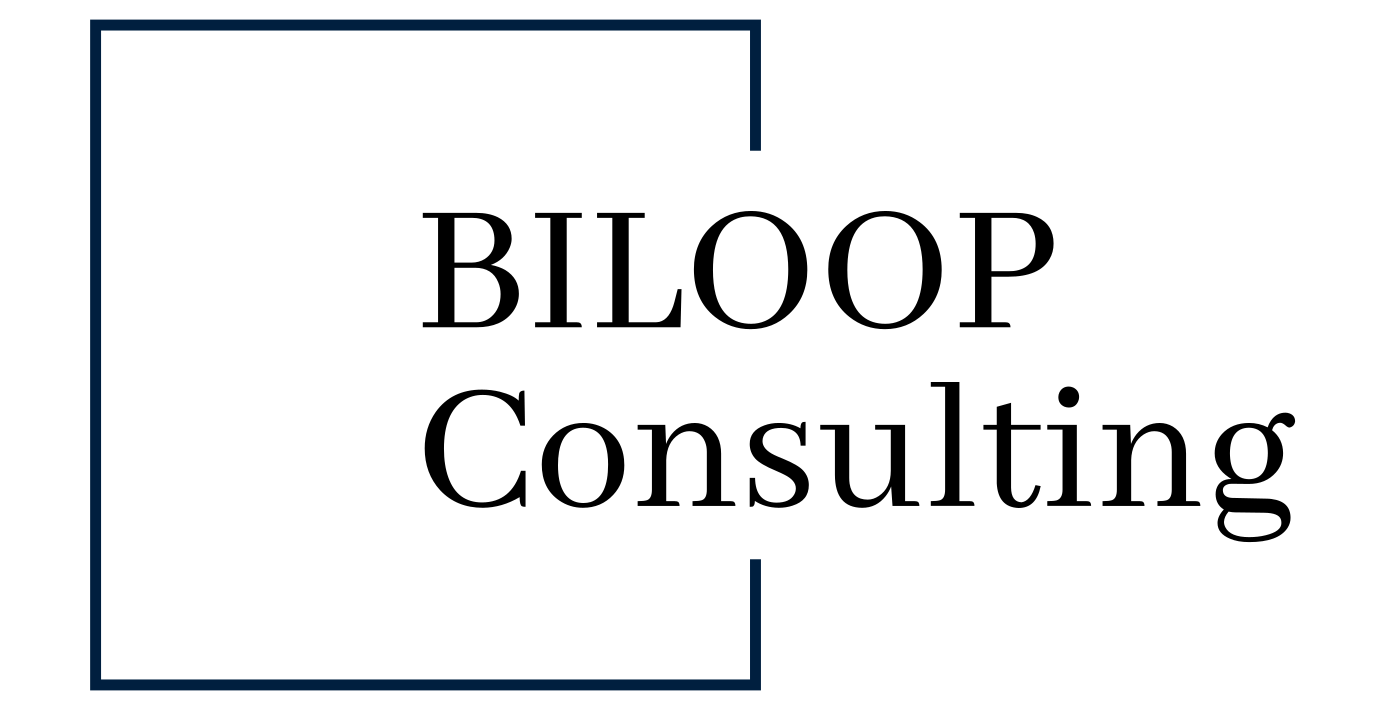The digital age has fundamentally changed travel behavior. Travelers expect personalized experiences, quick information, and seamless booking processes. To meet these demands, a clear strategic alignment in destination marketing is essential. This article explores how alignment can be leveraged to effectively engage modern travelers.

What Does Alignment Mean in Destination Marketing?
Alignment refers to coordinating all relevant stakeholders, processes, and resources toward shared goals. In destination marketing, this includes:
- Stakeholder Integration: Collaboration between tourism boards, hotels, transport companies, and local communities.
- Digital Synergies: Utilizing unified digital platforms for communication, booking, and data analysis.
- Coherent Messaging: Aligning branding, content marketing, and advertising efforts across all channels.
The Role of the Digital Age
Travelers today use digital tools to inform, inspire, and book their journeys. The following trends have the most significant influence on behavior:
- Mobile-first Mindset: Smartphones are the primary tool for travel planning.
- Social Media: Platforms like Instagram and TikTok strongly influence where and how people travel.
- Artificial Intelligence: AI-powered algorithms recommend personalized travel options.
- Fast Response Times: Travelers expect instant answers and options.
Use Cases for Alignment
a) Content Strategy
A clear content strategy requires alignment between storytelling, visual elements, and target audience communication. Example:
- Storytelling: Local stories that evoke emotions and provide authentic insights.
- Cross-platform Consistency: Content must be aligned across websites, social media, and advertisements for targeted audience segments.
b) Data-driven Decisions
Shared data usage enables:
- More precise segmentation of target audiences.
- More efficient planning and execution of campaigns.
- Early identification of trends and needs.
c) Experience Orientation
Alignment helps create consistent experiences across all touchpoints:
- Virtual and Real Experiences: Ensuring harmony between digital presence and on-site experiences.
- Seamless Processes: Unified booking and information systems without fragmentation.
d) Stakeholder Management
Effective collaboration among various stakeholders ensures that:
- Resources are used efficiently.
- Conflicts are minimized.
- Shared goals are developed and achieved.
Best Practices
- Visit Norway: A centralized digital system for all tourism providers ensures a unified user experience for travelers.
- Amsterdam Marketing: Successful integration of local businesses into sustainable tourism initiatives.
Challenges and Solutions
- Challenge: Diverging interests among stakeholders.
- Solution: Regular workshops and clearly defined goals.
- Challenge: Rapid technological developments.
- Solution: Agile project management and continuous training.
Future Perspectives
With ongoing digitalization, alignment will become increasingly data-driven and technology-supported. AI, IoT, and augmented reality offer new opportunities to captivate travelers and meet their needs more precisely.
Conclusion
Alignment in destination marketing is a key factor for successfully engaging travelers in the digital age. By aligning content, stakeholders, data, and experiences, destinations can not only ensure visibility but also reach new target audiences and set new industry standards.

